How To Install Carpet Tiles: 7 Simple Steps Manual 2024

Carpet tiles have been a popular option for many households as they are convenient in a lot of ways. Especially when compared to the traditional wall-to-wall carpets, their cheap cost and easy methods of installing are making the life of those DIY home decor lovers so much easier.
Even if it’s your first time of installing carpet flooring, don’t feel stressed because this guide is here to provide you with all the essential steps from choosing the right carpet tiles to installation.
Let’s get started!
How To Install Carpet Tiles In Brief?
Installing carpet might sound difficult but that’s only the case for traditional wall-to-wall carpeting, as installing carpet tiles are much simpler and inexpensive.
Carpet tiles come in squares and you can choose the type you prefer such as the ones that require adhesive and the one that doesn’t. The installation is just as easy as below:
- Remove old flooring
- Fill cracks to make the subfloor flat
- Clean and seal the subfloor
- Draw the baseline
- Install the tiles starting from the center of the room then outward.
- Finish the process by fixing and strengthening the attachment between the tiles and the subfloor.
I will explain more in detail below so you will have a much clearer picture.
Where To Begin? The Pre-Installation Process
There are a few things you need to consider and equipment you need to have before getting to the installing process.
Have A Clear Vision Of The Design
Before you purchase, make sure you get a clear idea of how you want your completed carpet tiles flooring to look like.
Do you want to decorate the squares in different colors or all in the same color? Do you want floral designs for your flooring or a simple white and gray checkered style?
With a clear vision of the design you want, you will make the installing process much easier since you won’t be confused about the design.

Types Of Carpet Tiles
There are a few ways to attach the tiles to the floor, and you can choose your preferred option among purchasing. The main types are:
- Peel-and-stick, where a two-sided adhesive is already on the back of the carpet tiles and you can just attach them to the floor.
- Glue down, where adhesive glue is needed to tap on the subfloor first before putting the tiles above.
- Adhesive-free, little to non adhesive is needed for this type, but if you want them to attach better then it’s recommended to use double-sided tape or liquid nail.
For Your Safety
If you need to use trowelled-adhesive, make sure you keep the air of the room circulated properly by opening the window. Also, try to follow the instructions that come with the carpet tiles accurately since you may be dealing with products that have chemicals that are harmful for your body.
Equipments For Installing Carpet Floors
You will understand what it means when I mentioned above that installing carpet tiles is not as expensive as regular carpets. Expensive power tools are not necessary whereas all you need are regular tools that you can use for some other occasions, too.
- Scraper
A scraper is used to remove all the things that are on the subfloors including old adhesive to make them flat.
- Chalk line
This tool is used to draw straight lines on a flat surface when you snap it down.
- Tape measure
Make sure it’s long enough so that you can measure the room from one end to the other.
- Square
This can either be a T-square or Framing Square. It helps to make sure you have perfect square lines so you don’t have to waste your time on taking the laid carpets off and reinstalling them again.
- Pencil
This bad boy here is to help you with recording your measurements.
- Carpet Knife or Utility Knife
This knife is not expensive and it’s very helpful for cutting your tiles or if you want to trim parts of them.
- Hammer
If you need to remove anything hard, especially after removing the old flooring, you can use the hammer to remove them.
- Pry bar
This helps to pull two objects apart. It’s essential during the old flooring removal process because usually many things are stuck in the subfloor that need to be taken off.
- Concrete Patch or Floor Leveller (Depends on existing flooring)
If you have a concrete subfloor then what you need is a concrete patch, and if yours is a plywood subfloor then you will need a floor leveller. These help to fill in the gap of the subfloors.
- Trowel
This tool helps to apply the concrete patch or floor leveller on the subfloor.
- Putty knife
This knife here is used to scrape the unnecessary parts of the dried concrete patch or floor leveller that have been applied on the subfloor.
- Concrete Sealer or Polyurethane
These are used to seal the subfloor after finishing the cleaning process.
- Flooring adhesive (If you choose the glue option)
If you choose the glue option instead of the peel-and-stick, you need the right flooring adhesive to stick the carpet tiles to the subfloor.
Empty Out Large Furnitures
It’s better to have a clear and wide space before you start the process of installing the carpet tiles, and it’s highly recommended moving large furniture away or outside of your room for more free space.
How To Install Carpet Tiles?
Now it’s time to officially install the carpet tiles you’ve been excited about.
I will guide you step by step on all the processes from preparing for a flat subfloor to the processes of installing the tiles.
Check this video out to learn more about how to properly install carpet tiles.
Step 1: Remove Old Flooring
It is ideal that the subfloor surface is flat and clean before installing any new carpet tiles.
However, in many cases you may have already installed a different kind of flooring on it and it’s better to remove those old flooring. Some flooring can be easily removed, however flooring types like hardwood or those that were glued strongly with adhesive are very hard to remove.
The good news is, you can install carpet tiles over the existing flooring that are hard to be taken off by yourself. The important thing is to try and find the accurate adhesive that would be effective with the old flooring, otherwise the new carpet tiles would not attach properly with the subfloor.
You also have the pry bar and hammer to assist you with removing all the imperfections to make the surface flat.

Step 2: Fill Cracks
As it has been mentioned many times that a flat subfloor surface is a very essential fact before installing a new flooring since even minor cracks or chips can cause the new flooring to be uneven.
People who walk on an uneven surface may trip, or even when you drop any liquid on the floor, there is a risk that the liquid may sink into the parts that are uneven.
If you are dealing with cracks and chips on a concrete subfloor, apply a concrete patch on it. If you are dealing with a wooden subfloor, apply floor leveller on it. You can use a trowel to apply either product.
It will take a while for the filler to dry and once it is dried then for wooden subfloors, you can scrape the unnecessary parts to make it even.
I have to emphasize the safety part again that all the chemical products that you will have to use starting from here may contain harmful elements for your body if you keep breathing them in intensely.
You will need proper air circulation, which you can get from opening the windows or at least turn a fan on.

Step 3: Clean & Seal The Subfloor
Now that the subfloor is flat, it’s time for the cleaning process. You can start with sweeping the and remove all the dust. Then, you can take a regular mop and mop the surface. Make sure to squeeze the mop well so there will not be too much water on the subfloor.
After cleaning comes the sealing process. If yours are a concrete subfloor then you can use a concrete sealer. You can put it in a water bottle or a bottle spray and spray it.
If you are dealing with a wooden subfloor, then it’s better to use polyurethane as a sealer and all you have to do is use a paint roller to apply for the subfloor.
Make sure you read the instructions on the sealers carefully and let the applied places dry thoroughly before stepping and walking on it.

Step 4: Mark From The Center Of The Room
If it is your first time to install any types of flooring, you may think that the first place to install the tile would be from the corner of the room. However, the room is not always precise in size, and it’s better to mark using the line chalk first from the center of the room.
Finding the center of the room is simple. Let’s say there are 4 walls in a room, wall A, B, C, and D. Wall A and B are facing each other, so you find the center of each wall and connect those by drawing a line using the chalk line.
Same goes for C and D. Once you draw those 2 lines, you will be able to know where the center of the room is and that is where you will start our first carpet tiles installing.

Step 5: Sampling The Whole Design By Dry Fitting
Before you actually lay carpet tiles on the subfloors together, it is better if you can dry fit the tiles. Maybe after dry fitting, you might find out that you want to change the design and that can be done for the real installation process.
If you feel that this process is not very necessary, you don’t have to do this. However, you should always double check before cutting or adjusting the tiles for not wasting on the products you have bought.

Step 6: The Installation Process
You have the lines now and finally, here comes the installation time! You can start laying down the first tile on the position of the subfloor that has been marked as the center of the room. Depends on the type of tiles you chose, the laying process will differ as below:
- Peel-and-stick tiles: Peel the double-sided adhesive on the backside of the tilesand you are able to stick them on the subfloor.
Check how to install peel-and-stick tiles:
- Glue down type: Apply the adhesive on the surface of the subfloor first using a nap roller and any kind of roller that is able to spread the adhesive glue widely.
Wait for the glue to dry, then lay the tiles over the subfloor.
Check how to install by glue:
- Adhesive-free type: stick the double-sided tape or put on liquid nail along the sides of the first tile. Lay it on the floor first, then for the rest of the tiles you can use sticky tape.
Check how to install adhesive-free:
What you need to make sure of is that there will be areas in the room which do not have the same size with other squares and you will have to cut and adjust the size of the carpet tiles to those parts.

Step 7: Be Proud Of Yourself
If you have come this far, congratulations on completing the carpet tiles installation for your flooring. You can now clean, cut out the unnecessary parts, and finally take some pictures to be proud of yourself that you did a great job.

FAQs
Below are some common questions about the carpet tiles installation process which may possibly be able to assist you with finding the right solutions.
An Extra Tip (Preventing Tiles From Popping Up)
After the whole process of hard work, you wouldn’t want any tiles popping up due to the weakness of adhesive that helps to attach the carpet tiles to the subfloor.
A little reminder is to not forget to have the appropriate adhesive that would fit with both your new carpet tiles and the subfloor if you are using the glue down method.
Another trick I want to show you is that with a simple twist, you can strengthen the attachment by either using a paint roller or anything at home that has a bit of weight and can be rolled, and roll that on the completed carpet. This action helps the carpet tiles to attach stronger with the subfloor.
I hope you found this article helpful. Did you find installing carpet tiles easy or difficult? What was the hardest process for you? Feel free to share your opinions below via the comment section!


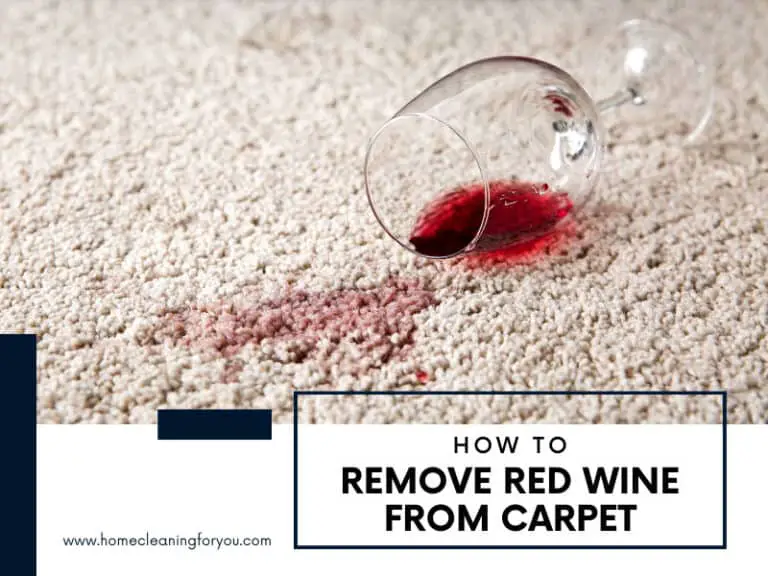
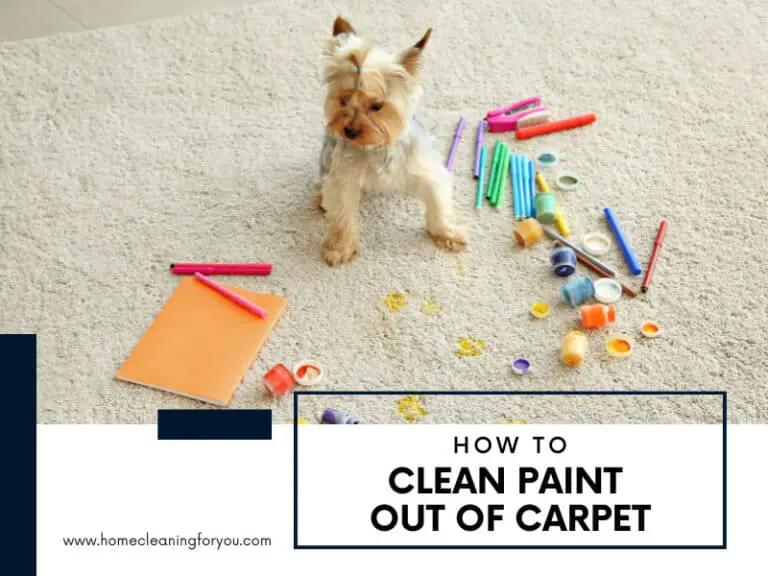
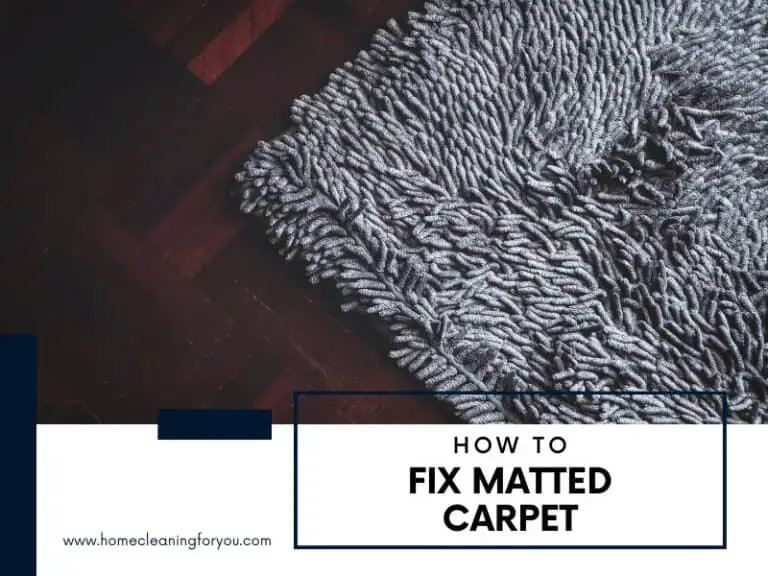
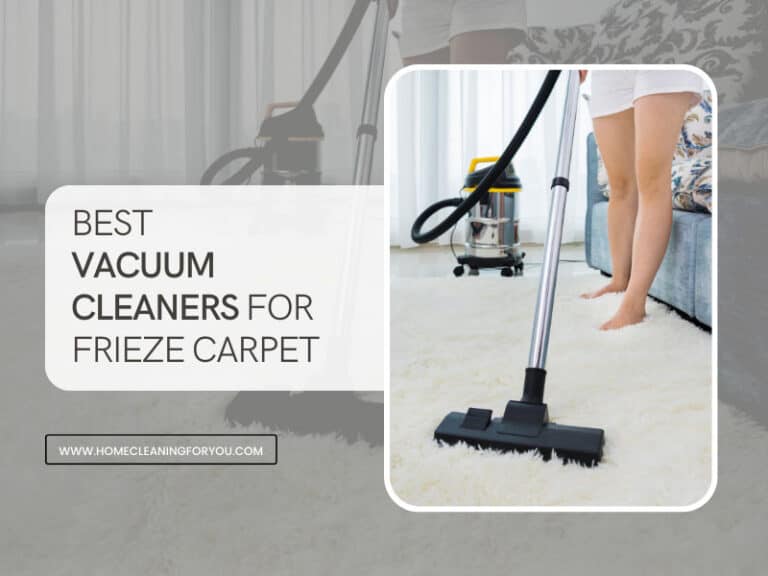
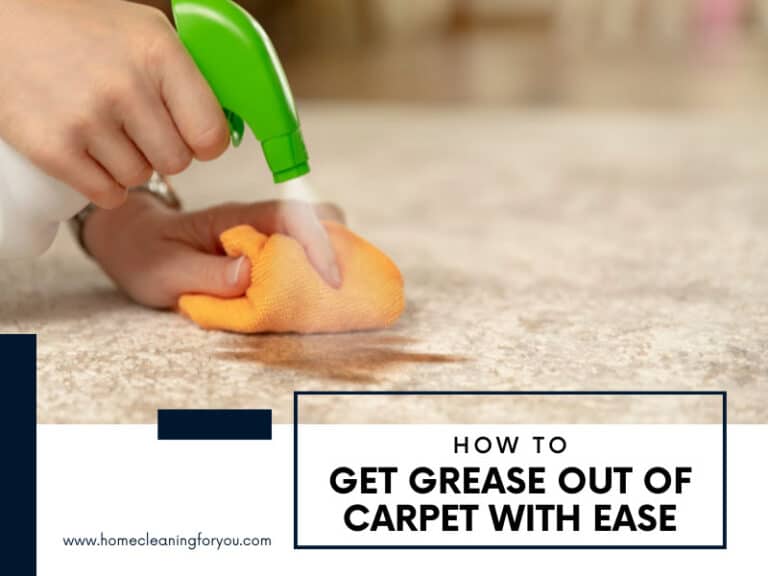
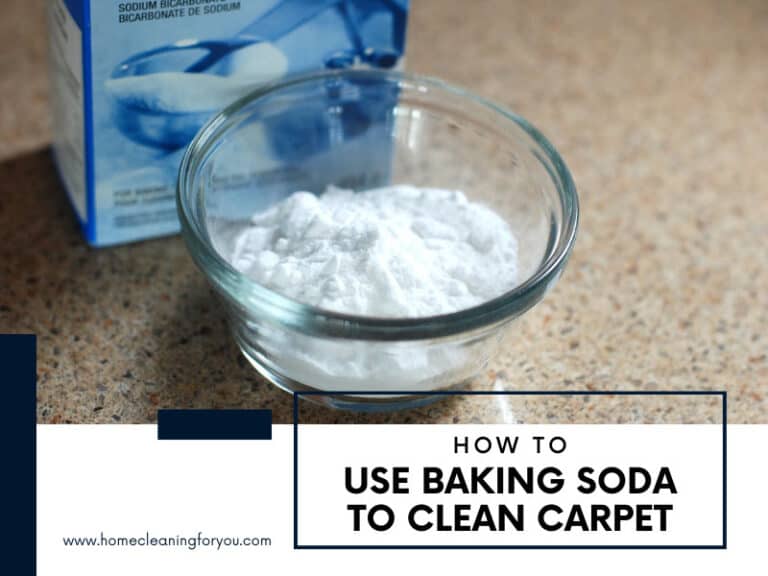
Kevin Jones
Home Cleaning Specialist
Expertise: In-depth Knowledge of Cleaning Agents and Their Uses, Advanced Home Sanitization, Techniques Expertise in Cleaning and Maintaining, Various Floor Types, Innovations in Home Cleaning Tools
School: American College of Home Economics
Kevin Jones is a seasoned home cleaning specialist with over a decade of experience in the industry. A stickler for cleanliness and organization, Kevin brings a systematic and innovative approach to home maintenance. His expertise ranges from traditional methods to modern cleaning technology, ensuring homes are not just clean but healthy environments too.